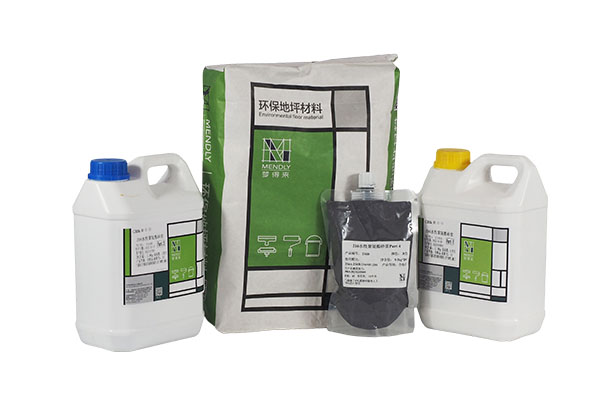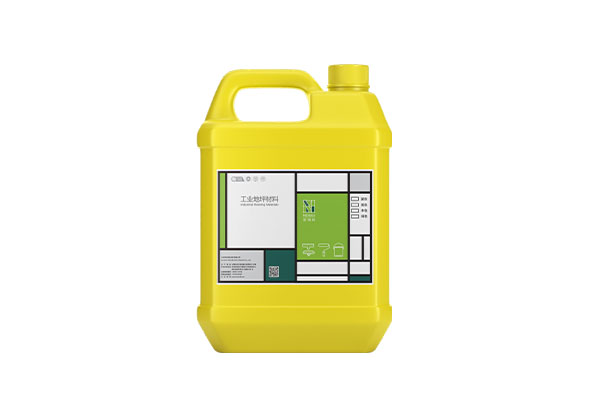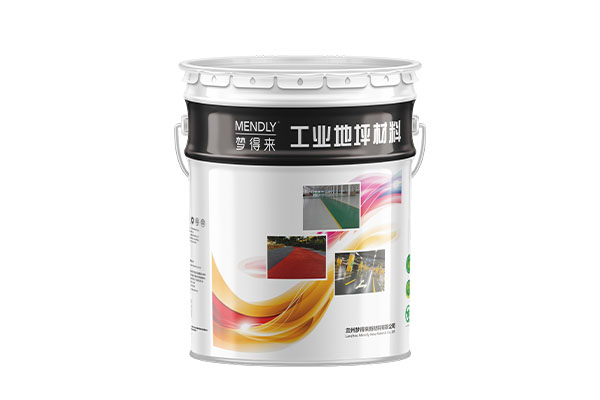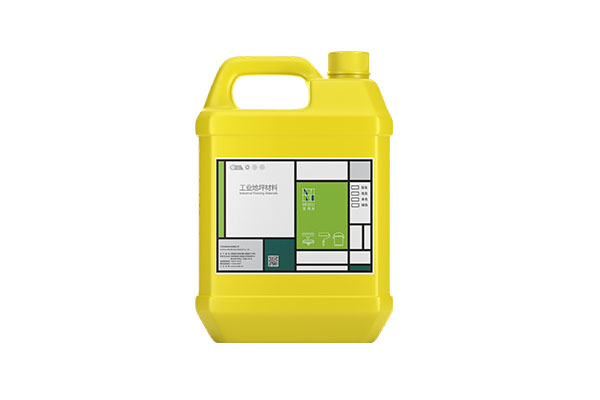Does waterborne polyurethane mortar flooring have good anti-slip performance?
Release Time : 2025-01-06
Waterborne polyurethane mortar flooring materials usually have good anti-slip performance, which is determined by its material properties and surface treatment technology.
1. Material properties
Surface roughness: During the construction process, waterborne polyurethane mortar flooring will form a layer of surface with a certain degree of roughness. This is because sand or other fillers are added to the mortar, which makes the surface have a certain friction, thereby improving the anti-slip performance.
Anti-pollution: Waterborne polyurethane mortar flooring has strong resistance to chemicals and pollution, and it is not easy to accumulate grease, water or other liquids on the surface, reducing the risk of slipping caused by pollutants.
Wear resistance: High wear resistance ensures that the floor is not easy to wear during use, maintains surface roughness, and thus maintains good anti-slip performance.
2. Construction process
Mortar layer design: During construction, the surface roughness of the floor can be controlled by adjusting the thickness of the mortar layer and adding sand particles of different particle sizes to meet different anti-slip requirements.
Surface treatment: After construction, the anti-slip performance of the floor can be further optimized by grinding, polishing or adding anti-slip agents.
3. Environmental adaptability
Wet and slippery environment: Waterborne polyurethane mortar flooring also has good anti-slip performance in wet environments and is suitable for places that require anti-slip treatment, such as food processing plants, hospitals, storage centers, parking lots, etc.
Temperature changes: The material has strong adaptability to temperature changes and can maintain stable anti-slip performance even in low or high temperature environments.
4 Application scenarios
Industrial sites: Waterborne polyurethane mortar floors are widely used in industrial plants, warehouses, logistics centers and other places. Because of their wear-resistant, anti-slip and easy-to-clean characteristics, they are very suitable for high-traffic areas.
Commercial places: In public places such as shopping malls, supermarkets, and hospitals, anti-slip performance is an important factor in ensuring safety, and waterborne polyurethane mortar floors can meet these needs.
Special environments: In wet environments such as food processing plants and slaughterhouses where chemicals may be exposed, the anti-slip and chemical resistance of waterborne polyurethane mortar floors are particularly important.
Waterborne polyurethane mortar flooring materials can achieve good anti-slip performance by adjusting material composition, surface treatment and construction process during design and construction. Its wear resistance, anti-pollution and strong adaptability make it perform well in a variety of environments, especially in industrial, commercial and special environments where anti-slip is required.
1. Material properties
Surface roughness: During the construction process, waterborne polyurethane mortar flooring will form a layer of surface with a certain degree of roughness. This is because sand or other fillers are added to the mortar, which makes the surface have a certain friction, thereby improving the anti-slip performance.
Anti-pollution: Waterborne polyurethane mortar flooring has strong resistance to chemicals and pollution, and it is not easy to accumulate grease, water or other liquids on the surface, reducing the risk of slipping caused by pollutants.
Wear resistance: High wear resistance ensures that the floor is not easy to wear during use, maintains surface roughness, and thus maintains good anti-slip performance.
2. Construction process
Mortar layer design: During construction, the surface roughness of the floor can be controlled by adjusting the thickness of the mortar layer and adding sand particles of different particle sizes to meet different anti-slip requirements.
Surface treatment: After construction, the anti-slip performance of the floor can be further optimized by grinding, polishing or adding anti-slip agents.
3. Environmental adaptability
Wet and slippery environment: Waterborne polyurethane mortar flooring also has good anti-slip performance in wet environments and is suitable for places that require anti-slip treatment, such as food processing plants, hospitals, storage centers, parking lots, etc.
Temperature changes: The material has strong adaptability to temperature changes and can maintain stable anti-slip performance even in low or high temperature environments.
4 Application scenarios
Industrial sites: Waterborne polyurethane mortar floors are widely used in industrial plants, warehouses, logistics centers and other places. Because of their wear-resistant, anti-slip and easy-to-clean characteristics, they are very suitable for high-traffic areas.
Commercial places: In public places such as shopping malls, supermarkets, and hospitals, anti-slip performance is an important factor in ensuring safety, and waterborne polyurethane mortar floors can meet these needs.
Special environments: In wet environments such as food processing plants and slaughterhouses where chemicals may be exposed, the anti-slip and chemical resistance of waterborne polyurethane mortar floors are particularly important.
Waterborne polyurethane mortar flooring materials can achieve good anti-slip performance by adjusting material composition, surface treatment and construction process during design and construction. Its wear resistance, anti-pollution and strong adaptability make it perform well in a variety of environments, especially in industrial, commercial and special environments where anti-slip is required.







